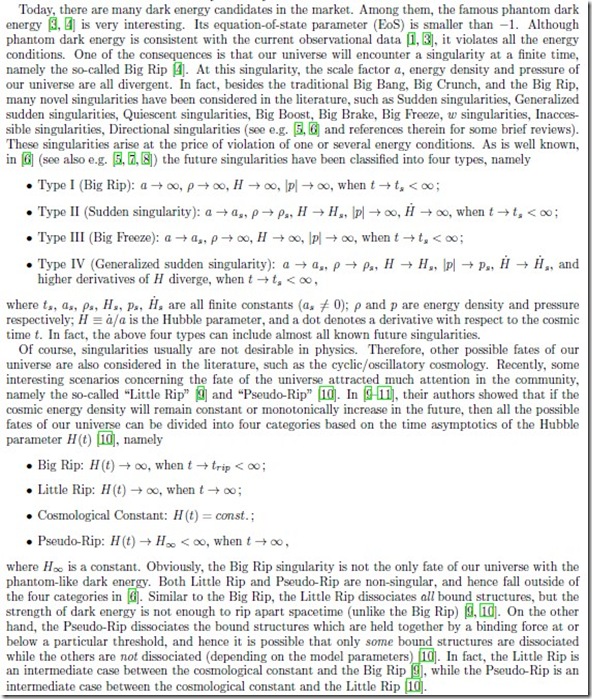I've been reading John Nielsen-Gammon's posts detailing a lengthy exchange he had with "Catastrophic climate change skeptic" physicist Robert Brown over at Climate Abyss. The series of posts
starts here.
As I have said before, I find Nielsen-Gammon a bit of a puzzle. He is no climate change skeptic, and clearly finds some of what he see on anti-AGW sites annoying, yet he is oddly inclined to keep engaged with them despite the lack of good faith that is in abundance at blogs likes of Watts Up With That. He is also very uncommitted on the question of action regardling limiting greenhouse gases, to the point of (what as I interpret as) being politically opposed to any EPA involvement in the matter.
Despite all of the this, or perhaps partly because of it (that is, you get no sense that he approaching the topic from the Left of politics) he is always an interesting read, and he did make me aware of what I think is the single biggest mistake that climate change skeptics make.
That is: thier belief you have to understand everything about how climate works (and has worked in history and pre-history) before you can decide that CO2 being emitted at current levels is likely to cause substantial global warming with profound changes to the planet.
This mistake appears at a few different points of the Climate Abyss exchanges, I think, but it gets its simplest analogy
here:
6. We don’t understand what determines
the baseline temperature of the Earth or whether those forces are
presently causing a trend.
N-G: I don’t understand what lack of understanding you’re referring
to, but in any event a lack of understanding of how exactly my car was
painted blue does not prevent me from predicting what would happen if I
took a red paintbrush to it.
The rest of that post (No 5 in the series) talks about the difficulty of modelling the ice sheet changes from glacial to interglacial. John NG believes that the difficulty is no reason to doubt the effects of increased CO2 on the present, relatively ice free, world. He's right.
I can think of at least one topical further analogy: physicists don't fully understand the Standard Model for subatomic particles, and the Higgs Boson might have just been discovered (with much work to be done on it yet,) but that doesn't stop us buidling and using nuclear reactors.
You can see this argument played out often in skeptic circles. The escapees from Andrew Bolt's blog use this line all the time at Catallaxy. Just this weekend, for example, one of them repeated yet again (he's been doing it for years) the fact that you had glaciation occurring 400 million years ago when CO2 was at a few thousand (or more) ppm must mean that current models are wrong. As it happens, the contintents were also stuck all together at that time, the sun was a little bit dimmer, and the work has been done suggesting that this configuration of the planet can be modelled such that glaciation at those CO2 levels can occur. Here's
a summary:
Ordovician glaciation
Geological evidence exists for a late Ordovician (~440 Ma) glaciation. This short-lived (~1 million year) glaciation (Brenchley et al., 1995, 2003) was remarkable because atmospheric CO2 levels were high (14 6 PAL) during the late Ordovician (Yapp and Poths, 1992). Numerical climate models of increasing complexity have been used to determine the conditions permitting glaciation at high CO2 levels. Early studies using 2-D EBMs focused on the role of the late Ordovician paleogeography (Crowley et al., 1987; Crowley and Baum, 1991a), and specifically the orientation of Gondwanaland relative to the South Pole. With an edge of Gondwanaland near the South Pole, the thermal inertia of the ocean prevented continental summer temperatures from rising above freezing, thus allowing permanent snow cover (Crowley et al., 1987; Crowley and Baum, 1991a). Subsequent GCM experiments have confirmed the EBM result (Gibbs et al., 2000), but have also shown that the continental configuration of Gondwanaland is not a sufficient condition for glaciation. The influences of additional climatic factors on Ordovician glaciation have since been tested, including atmospheric CO2, topography, ocean heat transport, orbital parameters, and snow/ ice albedo (Crowley and Baum, 1995; Gibbs et al., 1997; Poussart et al., 1999; Herrmann et al., 2003). These studies generally conclude that glaciation is possible with high (8–14 PAL) atmospheric CO2 levels given favorable orbital parameters (i.e., a cold Southern Hemisphere summer configuration) and continental topography. With orbital forcing varying from cold-summer to warm-summer configurations, ice-sheet model calculations indicate that CO2 levels must fall to 8 PAL to grow a permanent ice sheet (Herrman et al., 2003).
Sure, the precise answer is hard to work out given we don't have perfect knowledge of conditions back then; but - we are
not talking Gondwanaland any more. (By the way, PAL is Present day Atmospheric Levels - so I guess 8 PAL could be anything from about 2400 to 3200 ppm. I learned this from another paper
which believes plants moving onto Gondwanaland is what drove cooling to allow glaciation.)
John N-G's first post (which I have referred to before) about why AGW skeptics are wrong to persist with this "but we need complete understanding before we can do anything" argument is
here: it is well worth reading if you haven't done so.
The corollary to this Big Mistake is, of course, this: at the current rate of CO2 emissions, the time scale at which climate change occurs, and given the life span of large electrical power plants, by the time you fill in the gaps as to precise climate sensitivity, you are likely making it too late for any effective CO2 reductions to be made at all.
But as I say, this is really just a follow on from the fundamental Big Mistake.


